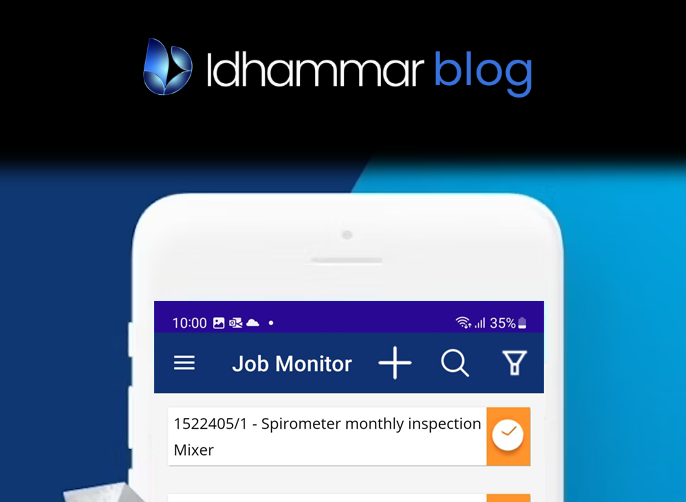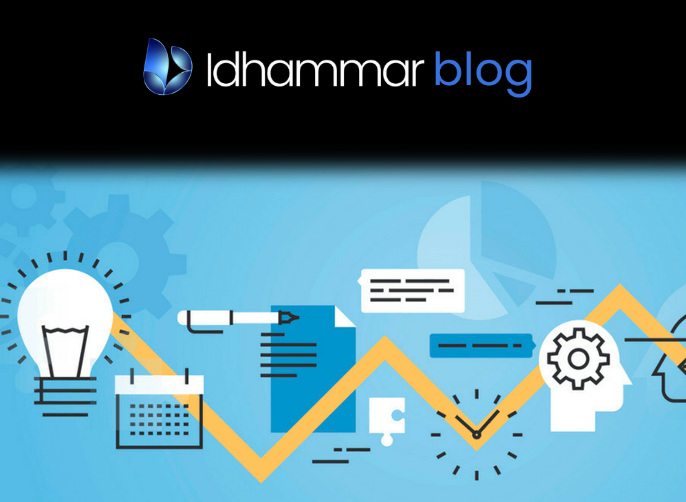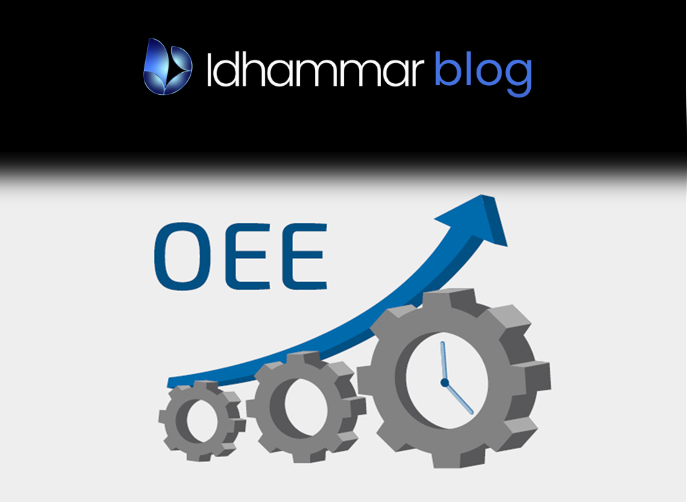The integration of Artificial Intelligence (AI), Machine Learning (ML), and Computerized Maintenance Management Systems (CMMS) is transforming maintenance, helping to enhance efficiency and reduce costs.
These technologies have been in use for some time, but what’s next? What further developments might we see in future?
This article attempts to answer the above question. From the auto-dispatch of robots to optimising energy use, read on for a glimpse into the possible future of maintenance management.
Current Applications of AI and ML in Maintenance Management
AI and ML currently enhance the capabilities of maintenance management software, making these systems more predictive and efficient. These technologies help in analysing large volumes of data quickly and accurately, identifying patterns that would be impossible for humans to detect within a reasonable timeframe.
Predicting Equipment Failure
Algorithms can predict equipment failures before they occur by analysing data from historical maintenance operations. This enables preventive maintenance scheduling and predictive maintenance; both approaches minimise equipment downtime and extend asset lifetimes.
Combining ML with CMMS Software
CMMS software is crucial in the functioning of this technology, as it serves as the backbone for storing and analysing maintenance data. It also facilitates better asset management and inventory management by keeping detailed records of equipment history, maintenance schedules, and inventories.
This digitalisation of maintenance records also enhances transparency and accessibility, allowing maintenance teams to make informed decisions and act fast.
ML and The Internet of Things
The Internet of Things (IoT) also plays a crucial role in maintenance. Sensors and other smart devices collect data on asset performance and environmental conditions non-stop, feeding it into a Computerized Maintenance Management System for analysis.
Looking to the Future: Potential Developments in AI, ML, and CMMS
Looking ahead, future maintenance processes appear to be significantly more efficient. Below are several potential developments that are on the horizon.
Advanced Predictive Analytics
As AI and ML technologies evolve, their ability to predict equipment failures and maintenance needs will become more refined. Future CMMS software will likely incorporate more sophisticated AI models – but what types of problems will they solve? Here are some suggestions:
- Advanced anomaly detection: Continuous monitoring algorithms that detect slight deviations from normal operation which might indicate early signs of equipment failure, long before traditional monitoring systems would.
- Lifecycle prediction: AI could predict the overall lifecycle of equipment, advising when replacements are more cost-effective than repairs. This could help in long-term capital planning and budgeting.
- Safety hazard predictions: Predictive analytics could identify potential safety risks related to equipment malfunctions or suboptimal operational conditions, thereby enhancing workplace safety.
- Predictive inventory management: AI models could forecast parts and materials usage far in advance, automatically adjusting inventory levels and triggering procurement processes to ensure necessary items are always in stock without overstocking. While CMMS software does already give users the option to re-order stock automatically, the predictive nature is the key here.
Prescriptive Maintenance
Prescriptive maintenance (RxM) is potentially more powerful than predictive maintenance (PdM). This strategy not only predicts when equipment failures might occur but also provides recommendations on how to prevent these failures.
This could include suggesting adjustments to machine settings, recommending specific repairs or preventive measures, or even proposing changes in operational procedures.
Why is Prescriptive Maintenance More Powerful Than Predictive Maintenance?
In an article by Smart Industry, researcher Dan Miklovic gives the following example to explain the difference between the two approaches.
Suppose an asset is showing increasing bearing temperature; predictive analytics looks at the temperature profile and indicates it’s likely to fail in X amount of time. Prescriptive analytics, however, could indicate that if you slow the asset down by Y%, the time to failure may be doubled. Not only would this reduce early failure, it would also reveal whether planned production requirements could be met.
Here are some other considerations as to why RxM is so effective, and why it may overtake PdM:
- Optimising resource use: RxM helps optimise the use of resources by ensuring maintenance is performed only when and where necessary, with the most effective interventions. While this is also the purpose of PdM, the fact that RxM stipulates the ‘how’ as well as the ‘what’ means it has greater scope for reducing downtime and maintenance costs.
- Improved decision-making: By providing specific recommendations, prescriptive maintenance supports better decision-making. Maintenance teams can better prioritise their tasks based on the severity and impact of potential failures, focusing efforts where they will be most beneficial.
- Risk management: RxM is a better tool for risk management, identifying potential risks before they become actual problems and suggesting ways to mitigate them. This proactive approach prevents catastrophic failures and extends the lifespan of equipment.
Automated Maintenance Execution
In the future, we might see a sharp increase in the use of robots and automated systems that can perform routine maintenance tasks. (As well as efficiency gains, robots also enhance worker safety by carrying out tasks that come with potential hazards, such as working at a height.)
Integrated with CMMS software, these robots could be automatically dispatched to handle repairs and maintenance as soon as the need is identified by AI-driven analytics. This would drastically reduce response times and free up human workers for more complex tasks.
Building on things further, self-optimising robots that perform better over time would be extremely beneficial in scenarios where diverse assets are in use and adaptability is essential.
Enhanced Sustainability Practices
AI and ML can significantly contribute to sustainability by optimising equipment usage and energy consumption; CMMS software supports these initiatives by tracking and reporting on sustainability metrics. With ongoing pressure to comply with environmental regulations, this functionality is bound to play a more prominent role in future.
Predictive Compliance Monitoring
As regulations continue to tighten, future CMMS developments could include predictive compliance monitoring features. These features would use AI to predict potential compliance issues before they occur, allowing organisations to address them proactively.
It could cover everything from ensuring that maintenance activities are performed in accordance with regulatory standards to predicting when an asset might fail emissions tests.
Integrating with Energy Monitoring Software
Organisations may integrate their CMMS software with dedicated energy monitoring tools. Such an integration would allow for the continuous monitoring of energy consumption across various systems and machinery; this real-time tracking would help identify patterns or spikes in energy use that may indicate inefficiencies or faults in equipment.
Combining data from both systems could enable predictive or prescriptive approaches towards energy efficiency. For example, the systems could forecast potential failures that would lead to increased energy use, such as a blocked filter in an HVAC system causing it to work harder and use more energy. This would be another variable to consider in terms of proactively addressing issues before they escalate.
Sustainable Asset Lifecycle Management
CMMS tools may also start to focus more on sustainable asset lifecycle management, facilitating practices that not only extend the life of assets but also make their decommissioning, recycling, or disposal more environmentally friendly.
Having comprehensive data on both maintenance and energy consumption can enable more informed decisions about where to invest in upgrades, replacements, or changes to operational practices that lead to significant energy savings and sustainability improvements.
Cybersecurity Enhancements
As IoT becomes more widespread, cybersecurity will become of greater priority. It should already be a top priority for any company using the technology, considering that attackers tend to access sensors and other devices in order to access an organisation’s broader network.
Advanced cybersecurity features that can pre-emptively identify and mitigate threats may become pivotal, analysing network traffic and user behaviour to detect anomalies that could indicate a cyberattack. These proactive security measures will also ensure the integrity and availability of maintenance data.
Conclusion
The integration of AI, Machine Learning, and Computerised Maintenance Management Software has already redefined maintenance management. With advancements in predictive and prescriptive analytics (for various purposes), new software integrations, as well as advanced automation and robotics solutions, the future of maintenance is heading towards new levels of efficiency and cost reduction.
Some of the approaches we’ve discussed here (such as prescriptive analytics) are still in their infancy. However, at Idhammar Systems, we provide maintenance software that represents the forefront of current technological capabilities.
Our solution enables predictive maintenance and sustainability improvements (through its OEE monitoring tools). It also provides robust reporting for compliance purposes, and much more. To enquire or book a demo, contact us today.






